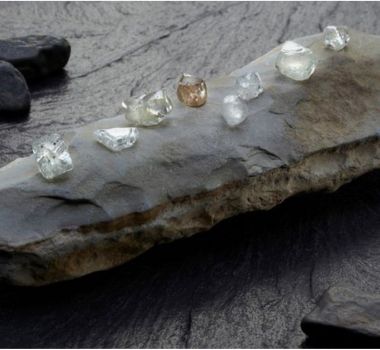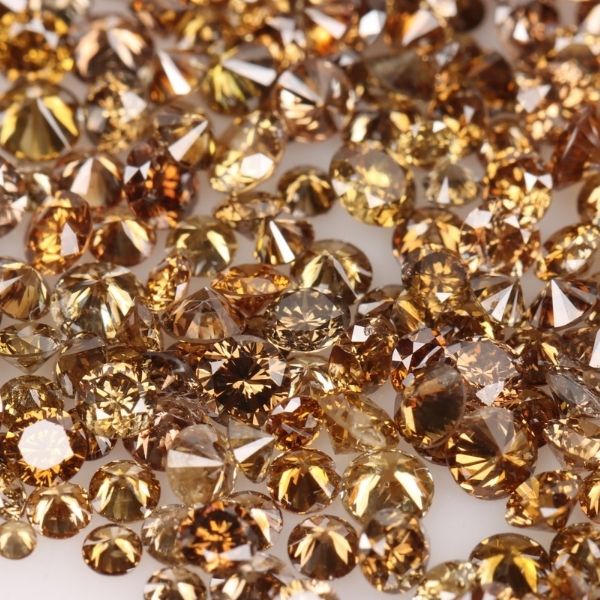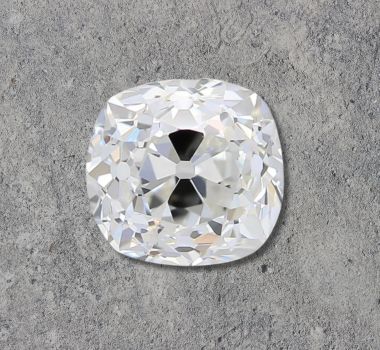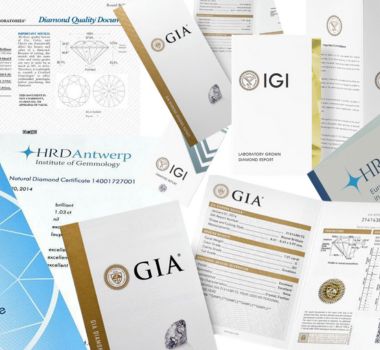
Few moments compare to raising a glass of chilled Piper-Heidsieck or Ruinart bubbly, surrounded by loved ones, to ring in the New Year. However, if you aspire to establish the ambiance for a fantastic year ahead, consider adding champagne diamonds to the celebration!
Now, what precisely defines a champagne diamond, and how does it acquire its unique color? Delve into the following to understand how these natural diamonds attain their distinct and versatile hues.
What is a champagne-colored diamond?
A champagne diamond naturally exhibits a brown hue, occasionally with subtle hints of yellow, reminiscent of the color of Champagne. While "Champagne" isn't an official term in diamond grading certificates, it serves as a colloquial expression aiding in visualizing the color. Official descriptors like "fancy light brown" and "yellowish brown" are used on certificates instead.
Given the unique nature of each natural diamond, the term "champagne" encompasses a broad spectrum of colors, ranging from darker to lighter shades, with varying degrees of yellow or brown undertones. Due to this diversity, designers often use additional colloquial terms such as "nude," "cognac," "fancy brown," and "chocolate" to describe these diamonds based on their specific color characteristics.
How does a champagne-colored diamond get its color?
The distinctive color in natural champagne diamonds typically results from a distortion in the crystal structure, leading to the formation of brown grain lines. Additionally, champagne-colored diamonds with a touch of yellow may contain sufficient nitrogen impurities, contributing to the reflection of a yellow hue.
Having explored the intricate process of how champagne-colored diamonds acquire their unique hues, it's time to celebrate – pop open a bottle of your favorite French bubbly and let the allure of these stunning stones inspire you to enhance your collection.






































